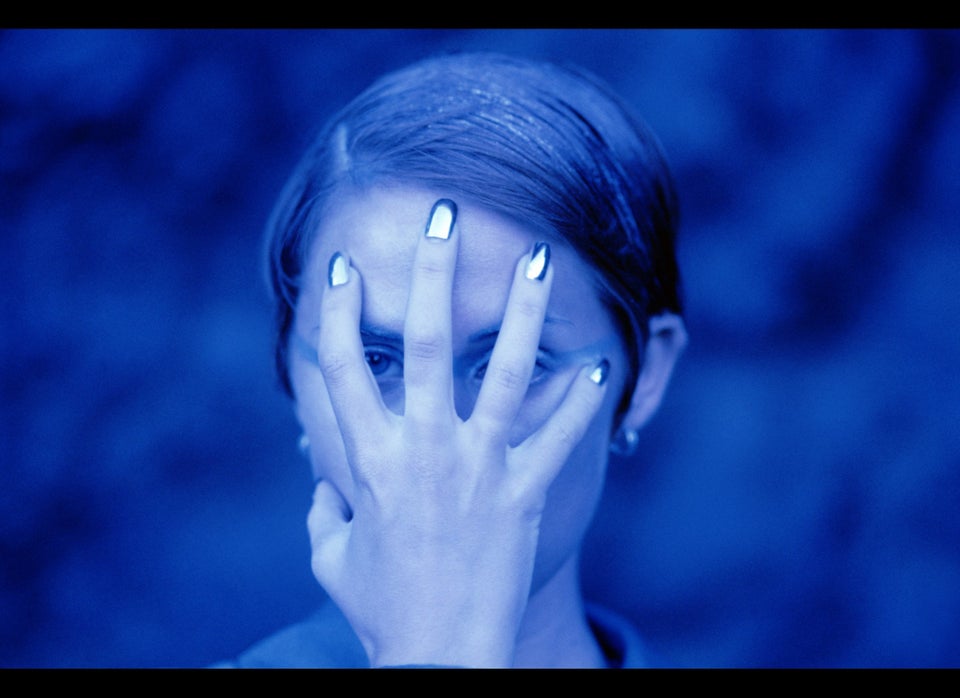Eye-tracking has become the tech trend du jour. Advertisers use data on where you look and when to better capture your attention. Designers employ it to improve products. Game and phone developers utilize it to offer the latest in hands-free interaction.
But eye-tracking can do more than help sell products or give your finger a rest while playing Fruit Ninja. Years of research have found that our tiny, rapid eye movements called saccades serve as a window into the brain for psychologists just as for advertisers—but instead of giving clues about our preferred cookie brands (pdf), they elucidate our inner mental functioning. The question is, can capturing such movements help clinicians make diagnoses of mental and neurological disorders, such as autism, attention-deficit hyperactivity disorder, Parkinson’s disease and more? For many researchers in this growing field, the outlook so far looks positive.
“Visual scanning reflects a model of the world that exists inside the brain of each individual,” explains Moshe Eizenman, a leading eye-tracking researcher at the University of Toronto. “People with mental disorders have a model of the world that is slightly different than that of normal people—and by moving their eyes, they provide information about this different model.” Autistic children, for example, tend to avoid social images in favor of abstract ones, and they also more rarely and fleetingly make eye contact when looking at faces in an image or video in comparison with nonautistic kids. Similarly distinct, abnormal eye-movement patterns occur in a number of mental disorders, scientists have found.
Until recently, such insights have remained relegated to the lab setting, where researchers traditionally rely on special tools (like mounted headgear) and instructed tasks (like following a moving target across a computer screen). Now, as the cost of the technology drops and accuracy of more common—and practical—tools improves, eye tracking may find wider use in the clinical setting. “There is going to be a huge growth in the accessibility of eye-tracking devices to clinicians and others,” Eizenman predicts. “It won’t remain the domain of experts.” But technological advancements themselves are not enough to make eye-tracking for mental health monitoring go mainstream. The big challenge ahead, he says, is meaningful analysis of eye movement information.
Laurent Itti of the University of Southern California’s iLab is a part of a team working on this very challenge. Along with a group of researchers from U.S.C. and Queen’s University in Ontario, last year Itti devised a data-heavy, low-cost method of identifying brain disorders via eye-tracking. Subjects in this “free viewing” test sit and naturally watch a video on TV for 15 minutes while their eye-movements are recorded. The result is a deluge of data (the average person makes three to five saccadic eye movements per second), so Itti’s team uses advanced machine learning—algorithms that enable a computer to recognize patterns without explicit human instruction—to parse the results and distinguish deviant eye-movements from normal patterns.
In a small, proof-of-concept study (pdf) Itti’s team found that their algorithm could classify mental disorders through eye-movement patterns: They identified elderly Parkinson’s patients with nearly 90 percent accuracy as well as children with attention deficit hyperactivity disorder (ADHD) or fetal alcohol spectrum disorder with 77 percent accuracy. “This is very different from what people have done before. We’re trying to have completely automated interpretation of the eye movement data,” Itti says. “So you don’t need to have a scientist look at the data to figure out what’s going on; we’re using algorithms and machines to [identify] the linkage between eye-movement and cognition.”
